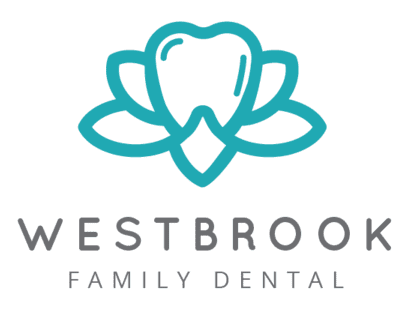Choosing the right orthodontic treatment can be a daunting task, especially with various options available today. Among these, Invisalign has gained popularity as an effective alternative to traditional braces. This article delves into what Invisalign is, why it’s preferred by many, and whether it suits your dental needs.
Introduction: What is Invisalign?
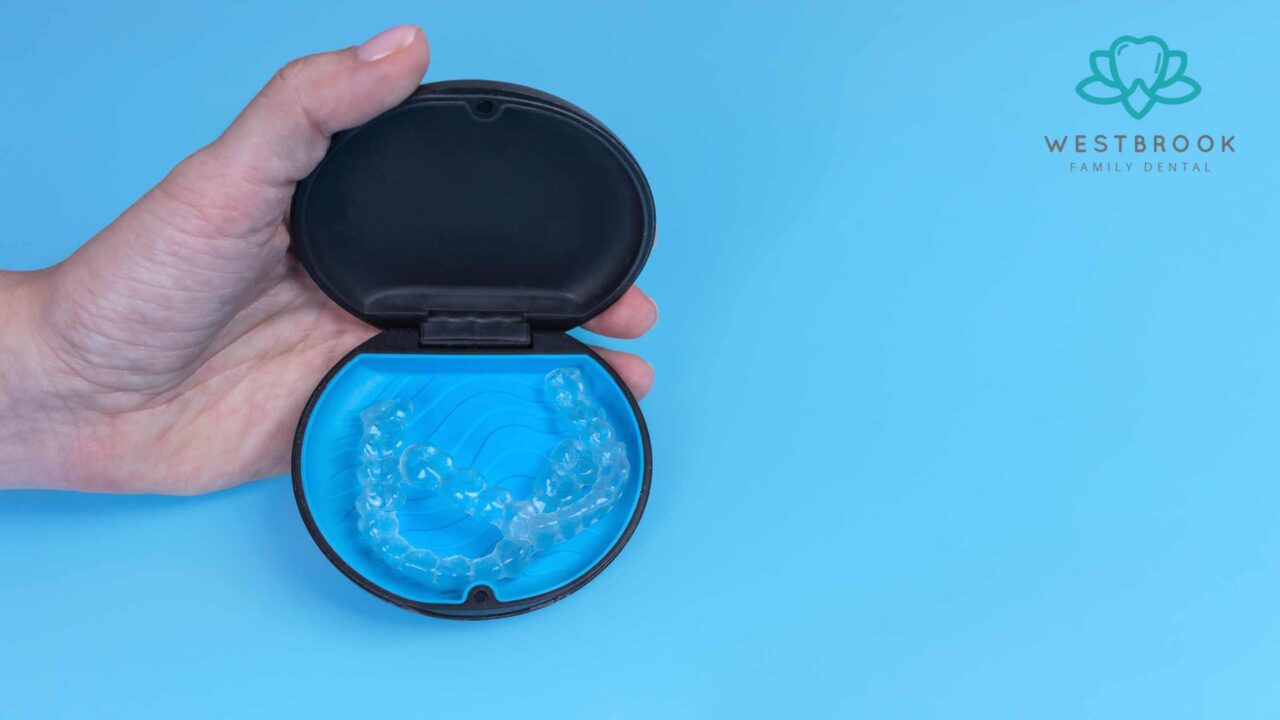
Brief introduction to Invisalign as a teeth-straightening option.
Invisalign is a revolutionary teeth-straightening option that utilizes a series of clear aligners to gradually move your teeth into the desired position. These custom-made, plastic aligners are designed to fit snugly over your teeth, providing a discreet way to achieve straighter teeth without the visibility of metal braces. This innovative orthodontic treatment combines comfort and aesthetics, making it an appealing choice for many.
Why people are choosing Invisalign over traditional braces.
Many individuals are opting for Invisalign over traditional braces due to its numerous advantages. Clear aligners are removable, allowing for easier maintenance of oral hygiene, such as brushing and flossing your teeth. Additionally, the aesthetic appeal of Invisalign clear aligners offers a more discreet treatment option compared to metal braces, which can be visually intimidating. The flexibility of wearing these aligners for about 20 to 22 hours a day enhances comfort and convenience.
The importance of making an informed decision about your dental health.
When considering orthodontic treatment, it’s essential to make an informed decision regarding your dental health. Understanding the different treatment options, including the Invisalign cost and the duration of treatment, can significantly impact your choice. Consulting with a qualified dentist can help create a comprehensive treatment plan tailored to your specific needs, ensuring you choose the best path to achieving straighter teeth.
Is Invisalign Effective for All Types of Teeth Misalignment?
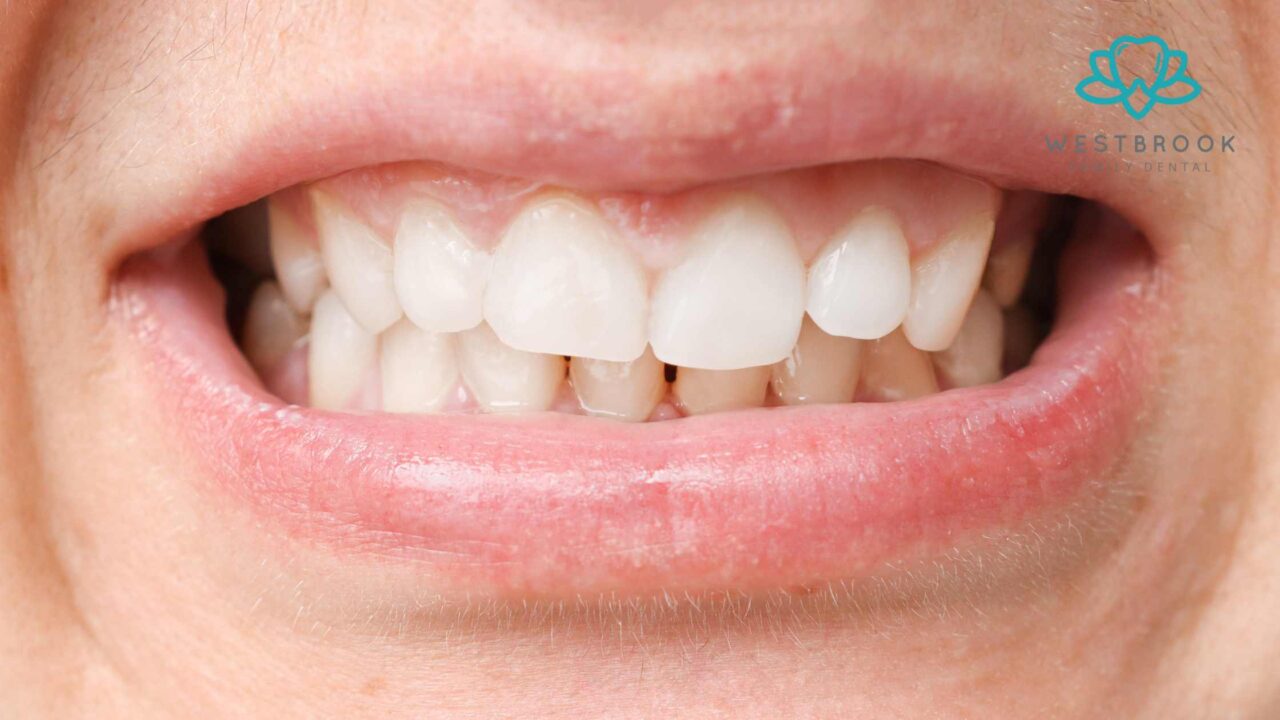
Exploring the types of dental issues Invisalign can and cannot address.
Invisalign is effective for a variety of dental issues, including crowded teeth and mild to moderate misalignments. However, it may not be suitable for more severe orthodontic problems that may require traditional braces for effective treatment. Understanding the limitations of Invisalign will help you determine if this treatment option aligns with your specific dental needs.
Comparing the effectiveness of Invisalign with traditional braces for different conditions.
When comparing Invisalign vs braces, it’s important to recognize that both treatments have their strengths. While traditional braces may excel in correcting complex dental issues, Invisalign offers a more comfortable experience for those with mild to moderate misalignment. Each treatment has its own duration of treatment, and your dentist can provide insights into which option might yield the best results for your situation.
Real-life examples or testimonials from Invisalign users.
Many users have shared positive testimonials about their experiences with Invisalign. They often highlight the convenience of removable aligners, the ease of maintaining their dental hygiene routines, and the satisfaction of achieving straighter teeth without the discomfort of metal braces. These real-life accounts can be instrumental in helping prospective patients understand the benefits of Invisalign and the potential success of their orthodontic treatment.
How Does Invisalign Impact Your Daily Life?
Discussing the ease of use and comfort of Invisalign aligners.
One of the most appealing advantages of Invisalign aligners is their ease of use and comfort. Unlike traditional braces, which can cause discomfort due to metal brackets and wires, Invisalign clear aligners are made from smooth, clear plastic. This design minimizes irritation to your gums and cheeks, allowing for a more enjoyable experience while straightening your teeth. The aligners are removable, enabling you to maintain your regular dental hygiene routine, allowing you to brush and floss your teeth without obstructions.
The impact of Invisalign on eating, drinking, and oral hygiene.
Invisalign’s removable nature significantly impacts daily activities such as eating and drinking. Unlike traditional braces, you can easily take out your aligners during meals, allowing you to enjoy your favorite foods without restrictions. This flexibility not only enhances your eating experience but also makes it easier to maintain good oral hygiene. You can brush and floss your teeth as usual, ensuring that food particles do not get trapped in brackets or wires, which is a common issue with metal braces.
Addressing common concerns about wearing Invisalign aligners in social situations.
Many individuals worry about how wearing Invisalign aligners will affect their social life, particularly regarding speech and appearance. However, Invisalign clear aligners are virtually invisible, which means most people won’t even notice you’re wearing them. Additionally, while some might experience a slight adjustment period in speech, this typically resolves quickly. The ability to remove aligners for special occasions also alleviates concerns, making it a practical choice for social interactions.
What Are the Costs and Time Commitment Involved with Invisalign?
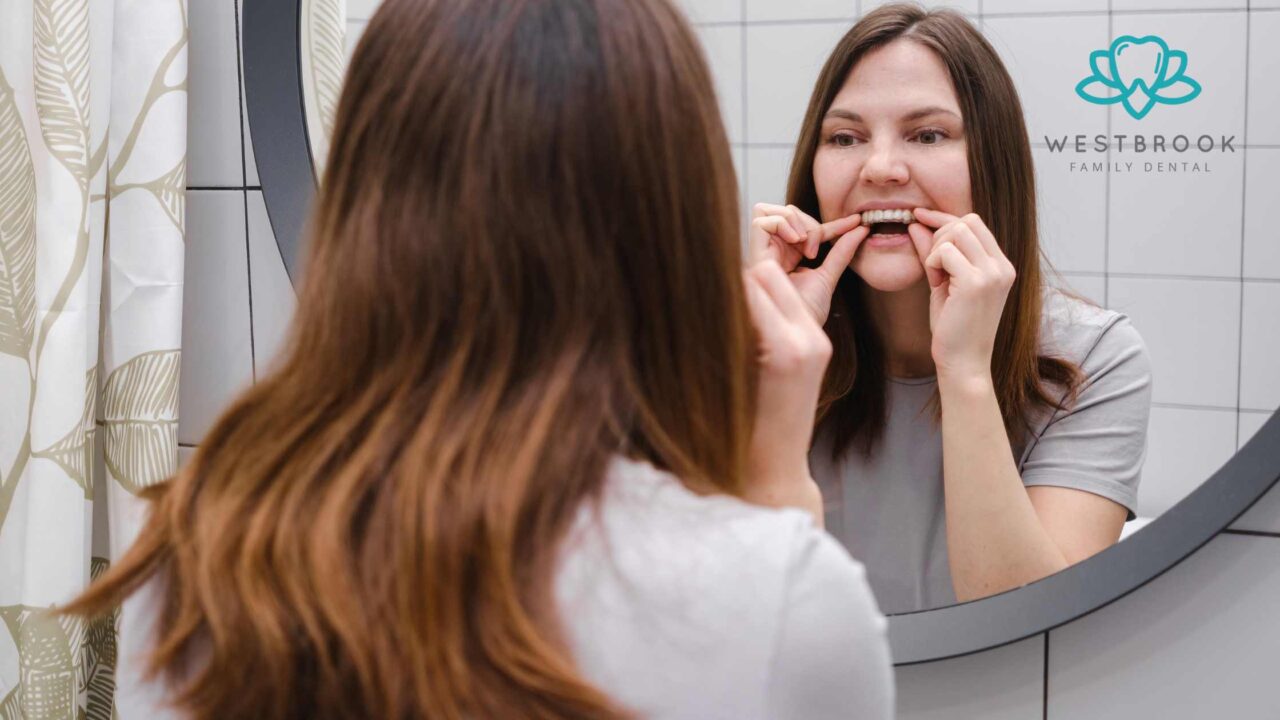
Breaking down the cost of Invisalign treatment compared to other options.
When considering orthodontic treatment, understanding the cost of Invisalign compared to traditional braces is crucial. Generally, the cost of Invisalign can be similar to, or sometimes slightly higher than, that of metal braces, depending on the complexity of your dental issues. It’s important to consult with a dentist to review your treatment plan, as the overall cost may include various dental services throughout the duration of treatment, impacting the final price.
Understanding the time commitment: How long does the treatment take?
The length of treatment for Invisalign can vary significantly based on individual dental needs. Typically, Invisalign treatment time ranges from 12 to 18 months, but some cases may require a shorter or longer duration. Your dentist will develop a customized treatment plan that outlines how long you need to wear each set of aligners, usually for about 20 to 22 hours per day, to effectively move your teeth and achieve the desired results.
Is the investment worth it for the results?
Investing in Invisalign treatment often pays off in the long run, as the results can lead to straighter teeth and improved oral health. Many patients find that the comfort and convenience of removable aligners justify the investment. Furthermore, a beautiful smile can enhance your confidence and self-esteem, making the costs associated with Invisalign a worthwhile consideration. Evaluating your personal dental goals can help determine if this treatment option is the right fit for you.
Are There Any Risks or Side Effects Associated with Invisalign?
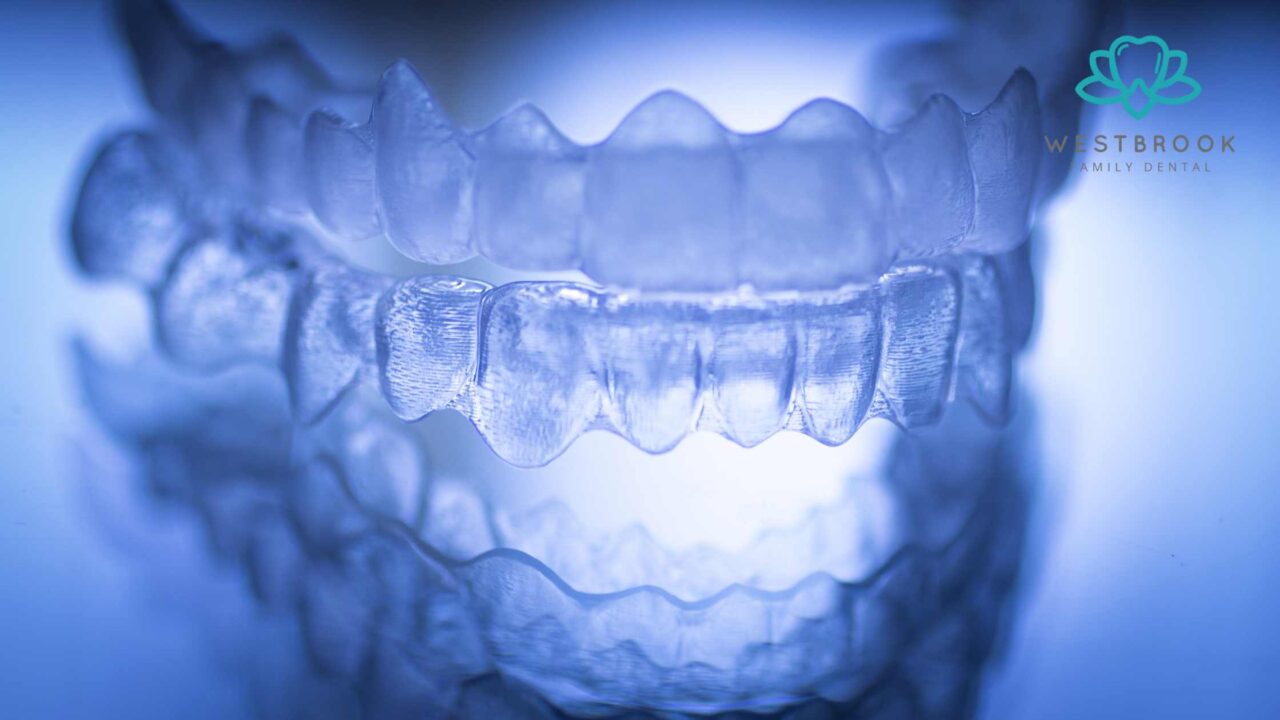
Exploring potential risks and side effects of Invisalign treatment.
While Invisalign is considered a safe and effective orthodontic treatment, there are potential risks and side effects that patients should be aware of. Some individuals may experience temporary discomfort or pressure during the initial stages of wearing their Invisalign aligners. This sensation is typically part of the tooth movement process, but it can also lead to sore gums or teeth. It’s essential to communicate any concerns with your dentist to ensure a smooth treatment experience.
What to expect during the initial adjustment period.
During the initial adjustment period, patients may experience a range of sensations as their teeth begin to shift. It’s common to feel tightness or mild discomfort as the clear aligners start to move your teeth into their new positions. This adjustment phase usually lasts a few days, after which the discomfort typically subsides. Patients should be prepared to adapt to the aligners and follow their treatment plan diligently for optimal results.
How to mitigate discomfort and ensure a smooth treatment process.
To mitigate discomfort associated with wearing Invisalign aligners, patients can take several proactive steps. Over-the-counter pain relievers may help alleviate soreness during the initial adjustment period. Additionally, using orthodontic wax on any areas of irritation can provide relief. Sticking to the prescribed schedule of wearing your aligners for 20 to 22 hours daily is crucial for effective tooth movement and minimizing discomfort.
Can Invisalign Guarantee the Perfect Smile?
Image
Setting realistic expectations: What results can you expect from Invisalign?
While Invisalign is an effective treatment option for many, it’s important to set realistic expectations regarding the results. Each patient’s dental structure is unique, and the complexity of the misalignment can influence the final outcome. Most patients can anticipate straighter teeth and improved alignment after completing their treatment plan, but perfection may not always be achievable. Open communication with your dentist can help clarify attainable goals.
The role of follow-up care and retainers in maintaining results.
After completing Invisalign treatment, follow-up care is essential to maintain your newly straightened teeth. Dentists typically recommend wearing retainers to prevent teeth from shifting back to their original positions. These retainers help preserve the results achieved through Invisalign and are an integral part of the overall treatment plan. Regular check-ups with your dentist are also crucial to monitor your dental health and ensure long-lasting results.
Patient satisfaction: What do people really think about their Invisalign results?
Patient satisfaction with Invisalign results is generally high, with many users expressing delight in their final outcomes. Testimonials frequently highlight the aesthetic advantages of using clear aligners, combined with the comfort of removable options. Users appreciate the ability to brush and floss their teeth easily during treatment, which contributes to better oral hygiene. Overall, positive experiences with Invisalign reinforce its reputation as a preferred alternative to traditional braces.
Conclusion: Is Invisalign the Right Choice for You?
When evaluating whether Invisalign is the right choice for your dental needs, consider key factors such as the type of misalignment, the cost of Invisalign, and the expected duration of treatment. Understanding the advantages of Invisalign compared to traditional braces can also guide your decision. Reflecting on your lifestyle and personal preferences is critical in determining the best orthodontic treatment option for you.
Before deciding on Invisalign, it’s advisable to consult with a qualified dentist or orthodontist at Westbrook Family Dental. They can provide a comprehensive assessment of your dental health, discuss the cost of treatment, and create a tailored treatment plan that meets your needs. Their expertise will help you make an informed choice about whether Invisalign is the best option for achieving your desired smile.
Ultimately, the decision to pursue Invisalign should be based on individual dental needs, lifestyle, and personal goals. Assessing the potential benefits, costs, and treatment duration will empower you to choose a path that aligns with your aspirations for a straighter smile. Take the time to weigh your options and consult with a professional to ensure that you make the best decision for your dental health.
FAQ
Q: What are clear aligners and how do they work?
A: Clear aligners are custom-made orthodontic devices used to straighten teeth. Invisalign is a popular brand of clear aligners that gradually shift your teeth into their desired position through a series of custom-made aligners, each designed to be worn for about two weeks.
Q: How much does Invisalign cost compared to traditional metal braces?
A: The treatment cost of Invisalign can vary, but it is generally more expensive than traditional metal braces. On average, Invisalign treatment costs between $3,000 to $8,000, depending on the complexity of the case and the length of treatment.
Q: What are the advantages of Invisalign over metal braces?
A: The advantages of Invisalign include being virtually invisible, removable for cleaning, and more comfortable than traditional metal braces. Additionally, clear aligners allow for easier maintenance of oral hygiene and can lead to a more aesthetically pleasing result as your teeth will look straighter without the bulk of metal brackets.
Q: How does Invisalign work in the teeth straightening process?
A: Invisalign works by using a series of clear aligners that are worn over your teeth. Each aligner is slightly different and applies gentle pressure to move your teeth into the desired position over time. Regular check-ups with your dentist are necessary to monitor progress and receive new aligners.
Q: Can I eat and drink normally while using Invisalign?
A: Yes, you can eat and drink normally while using Invisalign. However, it is recommended to remove the aligners before meals and beverages (except for water) to avoid staining and ensure proper cleaning of your teeth after eating.
Q: How often do I need to change my Invisalign aligners?
A: You typically change your aligners every one to two weeks as directed by your orthodontist. Each new set of aligners is designed to gradually shift your teeth closer to the desired position.
Q: How can I find an Invisalign provider near me?
A: To find an Invisalign provider, you can use the Invisalign website, which has a locator tool to help you find a certified dentist or orthodontist in your area, such as a dentist in Toowoomba. You can also ask for recommendations from friends or family.
Q: What should I expect during an Invisalign consultation?
A: During an Invisalign consultation, your dentist or orthodontist will evaluate your teeth, take a scan of your teeth, and discuss your treatment goals. They will also explain the Invisalign process, treatment cost, and create a personalized treatment plan tailored to your needs.
Q: Can I use Invisalign if I have crooked teeth?
A: Yes, Invisalign is designed to treat a range of dental alignment issues, including crooked teeth. However, the effectiveness of the treatment will depend on the severity of your case, so it’s essential to consult with an orthodontist to determine if Invisalign is the right option for you.
Q: How should I care for my aligners during treatment?
A: To care for your aligners, clean them daily with a soft toothbrush and mild soap. Avoid using hot water, as it can warp the aligners. Additionally, make sure to keep your teeth clean by brushing and flossing regularly, especially after meals to maintain good oral hygiene.
